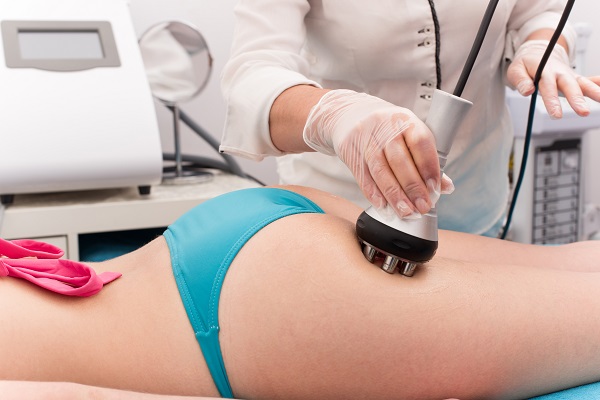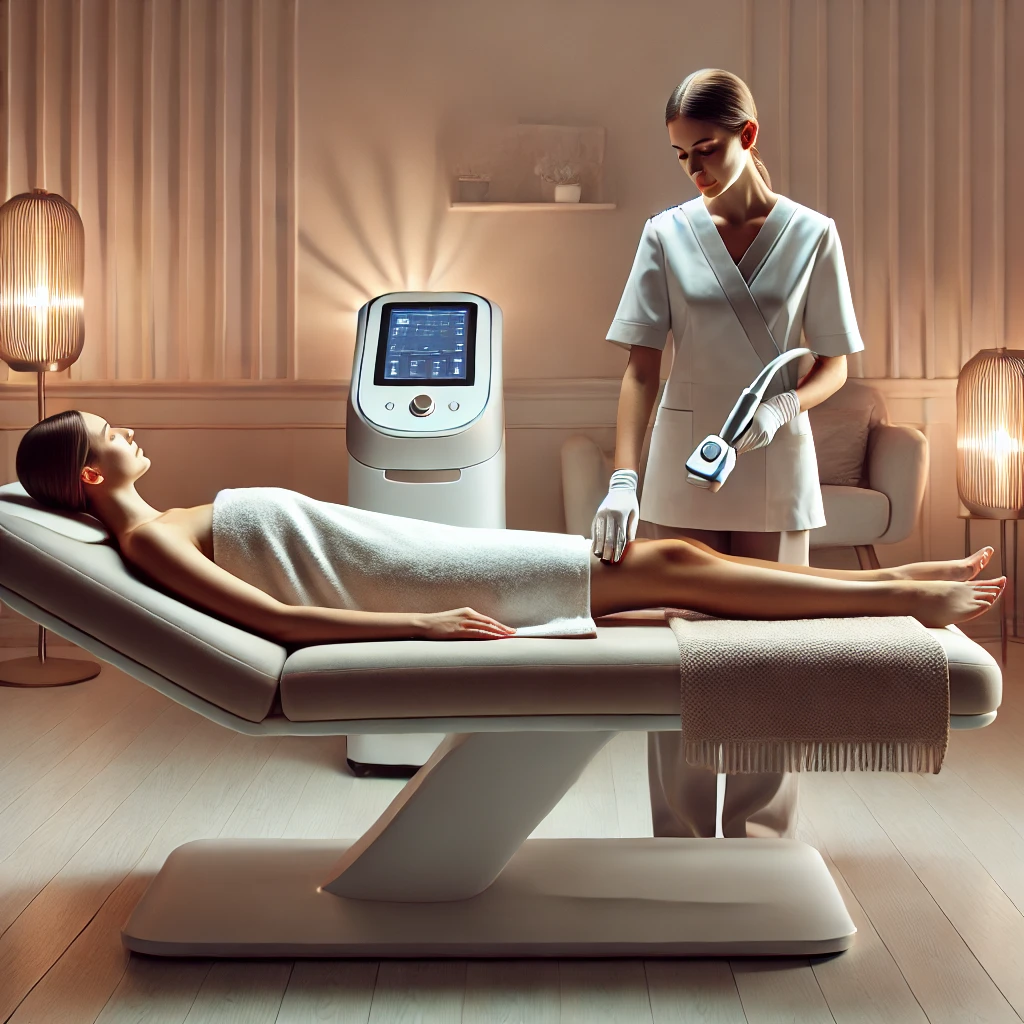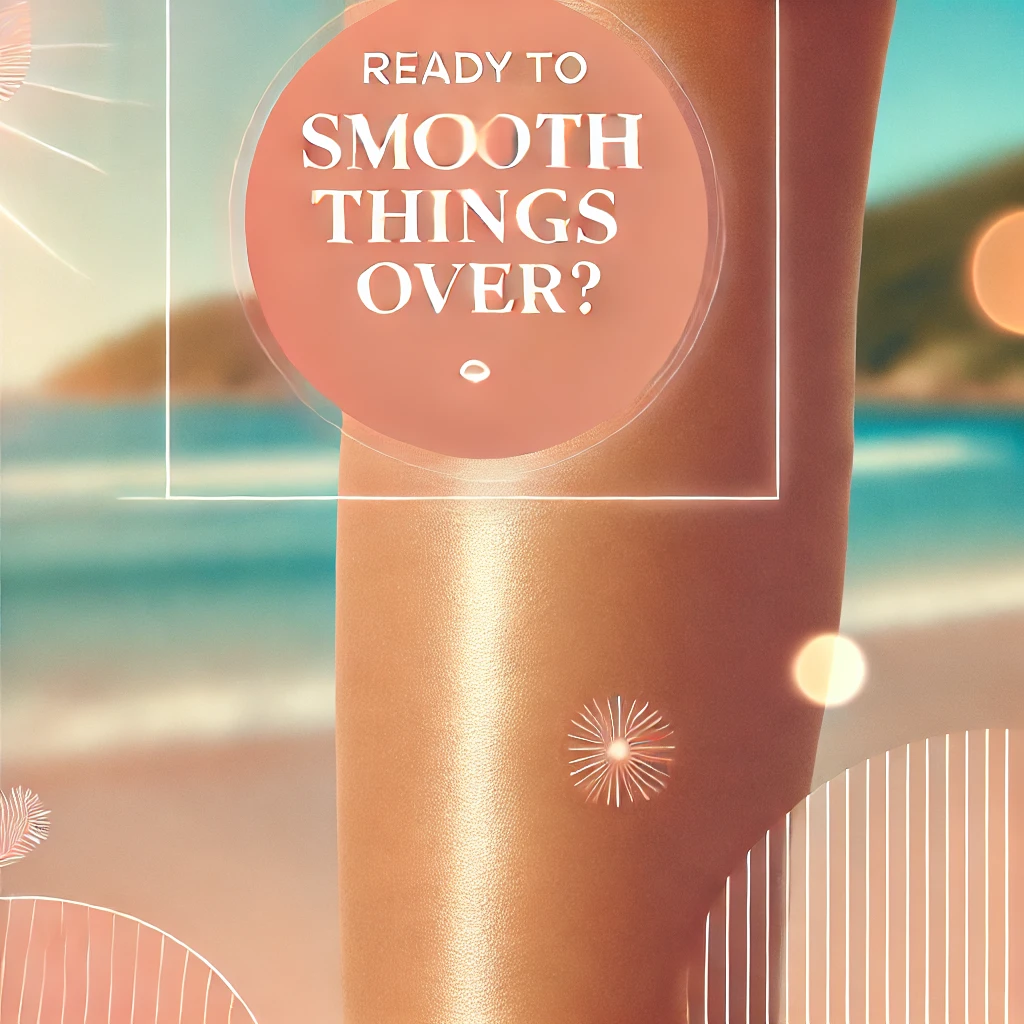Let’s be real—cellulite is that uninvited guest nobody wants. No matter how many squats or kale smoothies we commit to, those stubborn dimples can stick around like glitter after a party. So, when I heard about TriActive Cellulite Treatment, my curiosity (and skepticism) kicked in. Could this be the answer we’ve all been searching for? I dove into the details so you don’t have to

A Brief History of TriActive
TriActive Cellulite Treatment emerged as a non-invasive solution to address cellulite and improve skin appearance. It was developed by Cynosure, a well-known manufacturer of aesthetic treatment devices. TriActive gained attention for combining laser therapy, mechanical massage, and cooling into one device, aiming to enhance circulation, stimulate collagen production, and smooth out cellulite.
FDA Approval
Yes, TriActive is FDA-cleared for the temporary reduction in the appearance of cellulite. This certification adds a layer of trust to its safety and efficacy for consumers seeking a non-invasive treatment.
You can view the FDA listing and additional details about TriActive here.
What Is TriActive Cellulite Treatment?
Imagine a high-tech spa day for your thighs. TriActive is a non-invasive treatment that uses a combination of laser technology, suction massage, and cooling to target cellulite. It’s like the Avengers of skincare treatments—except instead of saving the world, it’s saving us from orange-peel skin.
The treatment is designed to boost circulation, smooth skin, and reduce the appearance of cellulite over a series of sessions. Sounds dreamy, right? But does it actually deliver?
How Does It Work? (Spoiler: You’ll Be Surprised)
Here’s the science-y bit:
- Laser Therapy: Stimulates collagen production. Translation: It helps tighten the skin, so you’re less likely to see those dimples.
- Mechanical Massage: Breaks down fat deposits and improves lymphatic drainage. Think of it as a deep tissue massage but with way cooler gadgets.
- Cooling Therapy: Reduces inflammation and soothes the skin. It’s the skincare equivalent of a cold brew on a hot day.
Each session lasts about 30-60 minutes, and you’ll typically need 6-12 treatments for noticeable results. Bonus: It’s pain-free, so you can relax while your skin gets its glow-up.
Does It Really Work? Real Talk and Results
Now, here’s the million-dollar question: Is TriActive worth your time and money?
What users say:
Some clients report visible improvements after just a few sessions. Skin feels firmer, and those pesky dimples fade. But—and this is important—results vary depending on factors like your skin type, lifestyle, and commitment to multiple sessions. If you’re expecting miracles after one treatment, you might be a little disappointed.
My take?
Think of TriActive as a team player, not a one-person show. Pair it with a healthy lifestyle—hydration, regular exercise, and balanced eating—and you’ll see better results.
What to Expect During a Session

Picture this: You’re lying comfortably while a trained technician glides a handheld device over the treatment areas. There’s a bit of warmth and gentle suction, but nothing that’ll make you squirm. Many people describe it as oddly relaxing—like getting a futuristic massage.
Pro Tip: Wear comfy clothes and bring a water bottle. Staying hydrated helps with lymphatic drainage post-treatment.
The Good, the Meh, and the Pricey
Let’s break it down:
The Good:
- Non-invasive and pain-free.
- Noticeable improvement in skin texture with consistent sessions.
- No downtime—you can hit the gym or brunch right after.
The Meh:
- Results aren’t permanent. Maintenance sessions might be needed.
- Works best for mild to moderate cellulite, so manage your expectations.
The Pricey:
- Each session can cost $150-$300, depending on the clinic and location. Packages may help save a few bucks.
FAQs: Because I Know You’re Wondering
Q: How long before I see results?
A: Most people notice changes after 4-6 sessions. Full results usually take 12 treatments.
Q: Are there any side effects?
A: Minimal! You might experience slight redness or swelling, but it’s rare and temporary.
Q: Can I do this if I’m on a budget?
A: If the price tag feels steep, ask clinics about payment plans or look for seasonal discounts.
Should You Try It? (Let’s Keep It Real)
If you’re looking for a non-invasive way to reduce cellulite and can commit to multiple sessions, TriActive could be a game-changer. Just remember, it’s not a magic wand. You’ll need patience, consistency, and a sprinkle of self-love.
And hey, whether you choose to embrace those dimples or zap them away, know that beauty comes in all forms—including a little texture.
Ready to Smooth Things Over?

TriActive is one effective way to reduce cellulite—but it’s not your only option! Depending on your needs, here are a few other approaches to consider:
- Exercise-Based Solutions: Check out the Joey Atlas Symulast Exercises, a proven workout program targeting cellulite at its root. This natural, budget-friendly option might be just what you need. Learn more here.
- Top Non-invasive Treatments: If you’re looking for dramatic, faster outcomes, explore our guide to the Top Non-invasive Cellulite Treatments.
- SmoothShapes Treatment: For a relaxing, non-invasive experience, SmoothShapes helps improve skin texture and reduce the appearance of cellulite with minimal downtime. Read more here.
Whatever path you choose, remember to consult a certified professional to find the best option for your goals. Taking action today is the first step toward embracing smoother skin and greater confidence!
What a helpful post. I have noticed my cellulite getting more visible as I get older and although I am slim, it is beginning to bother me more and more!
I am definitely going to try these exercises, how often would you say to do them? I will definitely be checking out more of the Joey Atlas videos as well.
I’ve also bookmarked this page!
Thanks
Louise
Thanks for the nice comment Louise. You should do them minimum 3 times a week, but preferably 5-6 times a week.
Sandy